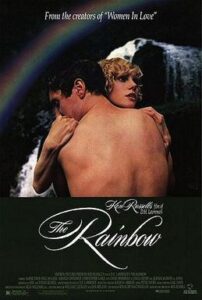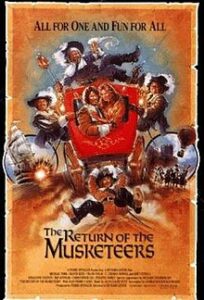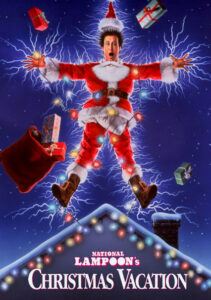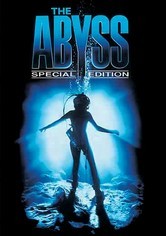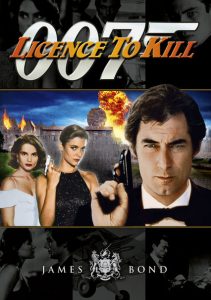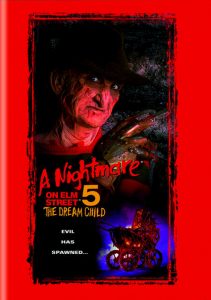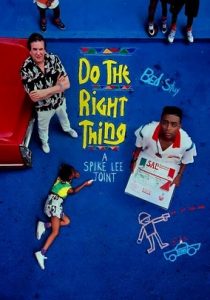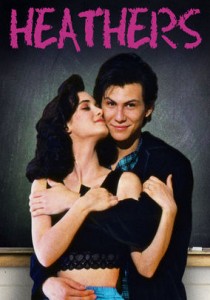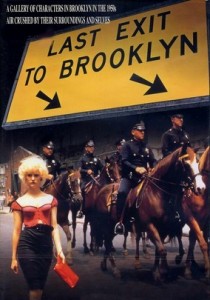The Wolves of Willoughby Chase-1989
Director Stuart Olme
Starring Stephanie Beacham, Emily Hudson, Aleks Darowska
Scott’s Review #1,418
Reviewed January 20, 2024
Grade: B+
The Wolves of Willoughby Chase (1989) is a British dark fantasy film directed by Stuart Orme in his theatrical directorial debut. Most notably a rock video director, I am unsure if Orme ever directed another film.
The film is based on the 1962 novel of the same name, written by Joan Aiken which was quite popular with children during the 1960s and beyond.
Similar to the book, the film is set in an alternate history version of nineteenth-century England where wolves roam the countryside. The animals prance around the wintery landscapes causing fear for those humans who spot them.
The experience is playful and escapist with similarities to both Oliver! (1968) and The Witches (1990). Especially in regards to the former some of the action takes place in a bleak workhouse where children are mistreated by adults.
Predictably and satisfying, the evil adults get their comeuppance while the nice children and warm adults live happily ever after. This is a main part of the fun of watching the perilous situations.
The plot centers around two young girls. Bonnie (Emily Hudson) is the daughter of Lord and Lady Willoughby, who live at the grand yet cozy country estate named Willoughby Chase. Lady Willoughby (Eleanor David) is ill, and the couple plan to recuperate basking in the warm sun along the Mediterranean.
In urban London, Bonnie’s cousin, Sylvia (Aleks Darowska), is leaving her impoverished Aunt Jane (Lord Willoughby’s cousin) to keep Bonnie company while her parents are away.
While on the train, she meets a mysterious man, Mr. Grimshaw (Mel Smith) whom they decide to bring back to Willoughby Chase after falling unconscious when wolves attack the train.
Meanwhile, Bonnie and Sylvia’s cousin, Letitia (Stephanie Beacham) is their new governess. She is evil and determined to get rid of the children so that she inherits money and the estate.
Billed as a children’s film, as Oliver! was, some of the sequences may be too much for younger kids. The ferocious wolves may cause fright while a scene involving one of the girls being locked in a chest might cause nightmares.
There is a presumed drowning and another character catches on fire.
For adults, particularly those who enjoyed the book as youngsters the dangerous situations are light fare and merely make Bonnie and Sylvia more heroic and justified in escaping the adult’s clutches.
The art direction and set designs are also a big part of the fun. Numerous scenes of winter and snow-covered roads and pathways are what make The Wolves of Willoughby Chase a perfect watch for a frigid January evening.
I’m not sure if the film would feel as atmospheric in July or August.
The estate where much of the action takes place has a warm and cozy feel. It made me want to curl up by a raging fire with a good book.
There’s an undertone of class distinction when the servants are all dismissed to save money and I questioned why Sylvia and her aunt didn’t simply live on the estate. The poor living amongst the rich is a perfect setup for more meaningful storylines but the intent is more for The Wolves of Willoughby Chase to be fun.
Beacham is delightful while slightly over-the-top playing a fiendish character. Most known for appearing on television’s ‘Dynasty’ the actress has also made British horror films.
I assumed she planned to kill the parents and the girls but what about the aunt?
It doesn’t matter much because her plan is foiled and the girls are reunited with their loved ones.
The Wolves of Willoughby Chase (1989) contains a nice musical score that enhances the adventures. The film is a bit too scary for kids but perfect for young adults and older.

